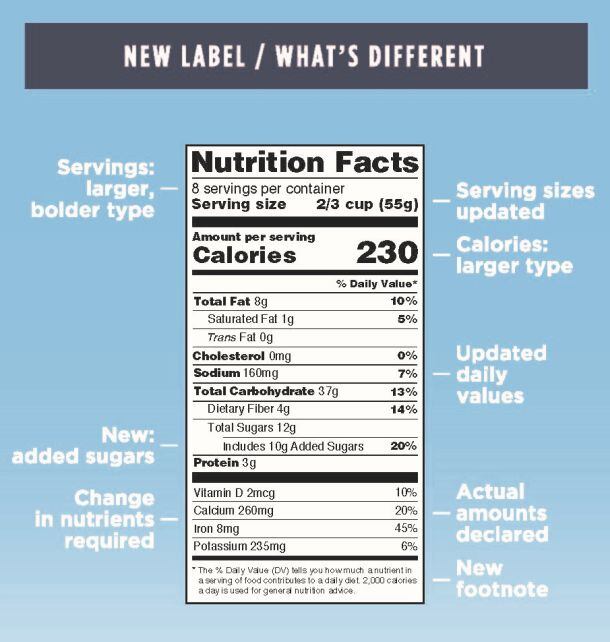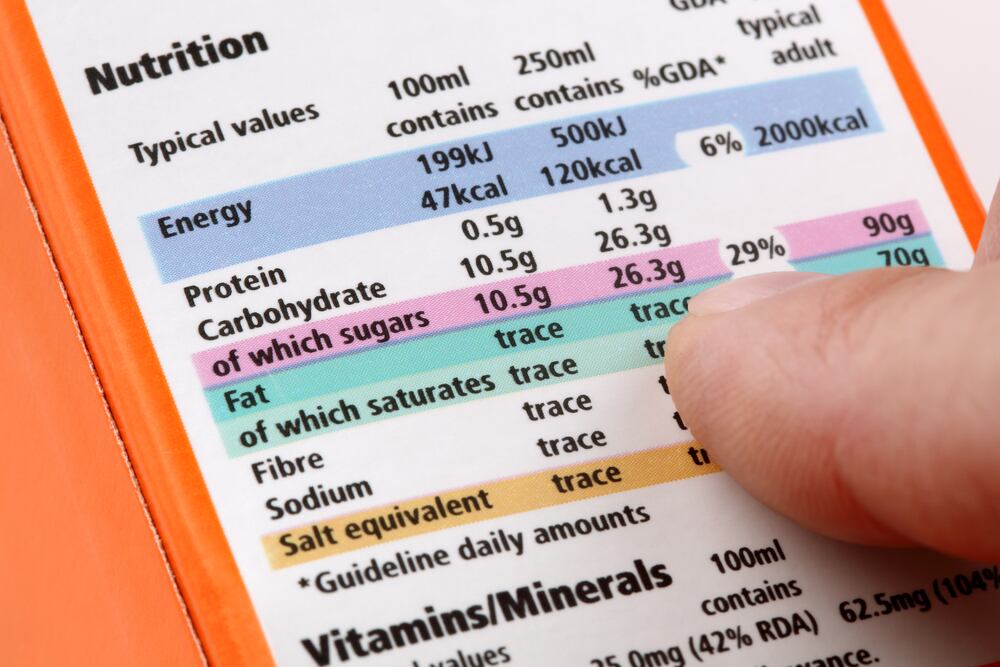Hailed by first lady Michelle Obama, who is also honorary chair of the nonprofit Partnership for a Healthier America, as a landmark achievement, the US has a new look nutrition label that tells consumers how much sugar is added to the food during processing and how much is naturally present in ingredients, such as fruit.
"Very soon, you will no longer need a microscope, a calculator or a degree in nutrition to figure out whether the food you are buying is actually good for your kids," she said at its launch.
With obesity rates rising at an alarming rate across Europe, should the EU bring in similar nutrition labelling? FoodNavigator put the question to a number of stakeholders.

Industry lobby FoodDrinkEurope (FDE) is in favour of listing total sugars. FDE communications director Florence Ranson, said: “From a biological point of view, the human body makes no distinction between ‘added’ sugars and their intrinsic counterparts. There are also analytical challenges with quantifying added sugars accurately. In EU law, as well as at international level, Codex Alimentarius refers to total sugars.
“If sugars are present in food and drinks, consumers can find their precise sources in the list of ingredients and the total amount in the nutrition declaration.”

But nutritionist at Action on Sugar, Kawther Hashem said it’s important for consumers to know how much has been added.. “It is more important to distinguish ‘free sugars’ and sugars from whole fruit, vegetable and milk because free sugars are the type of sugars we need to be limiting in our diet. Free sugars – includes sugars that are added to food and drink, as well as sugars that are naturally present in honey, syrups, fruit juices and fruit juice concentrates, not sugars in milk products and whole fruit & vegetables,” said Hashem.
Hashem said clearer labelling on added sugars would encourage reformulation and therefore promotes a healthier food environment
Heide Hauer, associate director of communications at Mondelez, Europe said: “We believe that these new [US] guidelines will help consumers make a more informed choice for their wellbeing and we are pleased to offer a variety of products to meet consumer preferences.
However, she added: “Reducing sugar without reducing calories is not necessarily a benefit when it comes to reducing obesity. When sugar is removed in a food, it must be replaced with something else. That replacement is usually another carbohydrate that has the same or similar amount of calories to sugar -- and where we can reduce added sugar, we will.”
Most consumers know that confectionery such as chocolate and sweets contains high levels of sugar almost all of which has been added. So, could listing added sugars be potentially more damaging for manufacturers of processed, savoury food, as many consumers are unaware how much of their daily sugar intake comes from savoury food?

Samuel Feltham, director of the Public Health Collaboration believes it could cause consumers to cut back on the amount of what he calls ‘fake food’, but believes it would be more useful to have a visual depiction of how many teaspoons of sugar are in processed foods.
“When people actually find out how much sugar is in foods they tend to cut back, so it's more than likely that it would be damaging to the fake food industry. I'm sure this would encourage the reformulation of fake foods and promote a healthier food environment than the current one we have but nature has provided us with healthy foods already, so I think we should cut out the middle man and simply focus on eating real food in the first place.”
Nigel Dickie, director of corporate and government affairs at Kraft Heinz told FoodNavigator it focused in giving consumers a choice through its reduced sugar varieties of tomato ketchup and baked beans

which contain 50% less sugar and no artificial sweeteners, he said
“Our famous varieties don’t make any significant contribution to the nation’s sugar intakes.Heinz Beanz and Cream of Tomato Soup, for example, are low in sugar – no more than 5% - and around half simply comes from the tomatoes used in the recipe. A good dollop of Heinz Tomato Ketchup would give you less than a teaspoon of sugar,” he said.
Meanwhile, for Sharon Fisher, communications manager at AB Sugar, differentiating between added and naturally-occurring sugars in food may seem simple on pack but in reality it's not that easy - or even possible.
“It is not possible for a manufacturer to accurately analyse the amount of ‘added sugars’ in a food or drink product because during the manufacturing process sugars are converted into another ingredient – for instance when you make beer the sugars (glucose and maltose) are fermented to make alcohol which isn’t actually a sugar," she said.
“Sugars may also combine with other ingredients to enhance the flavour and/or colour of a product, making it very difficult to determine where the sugars have come from.”
